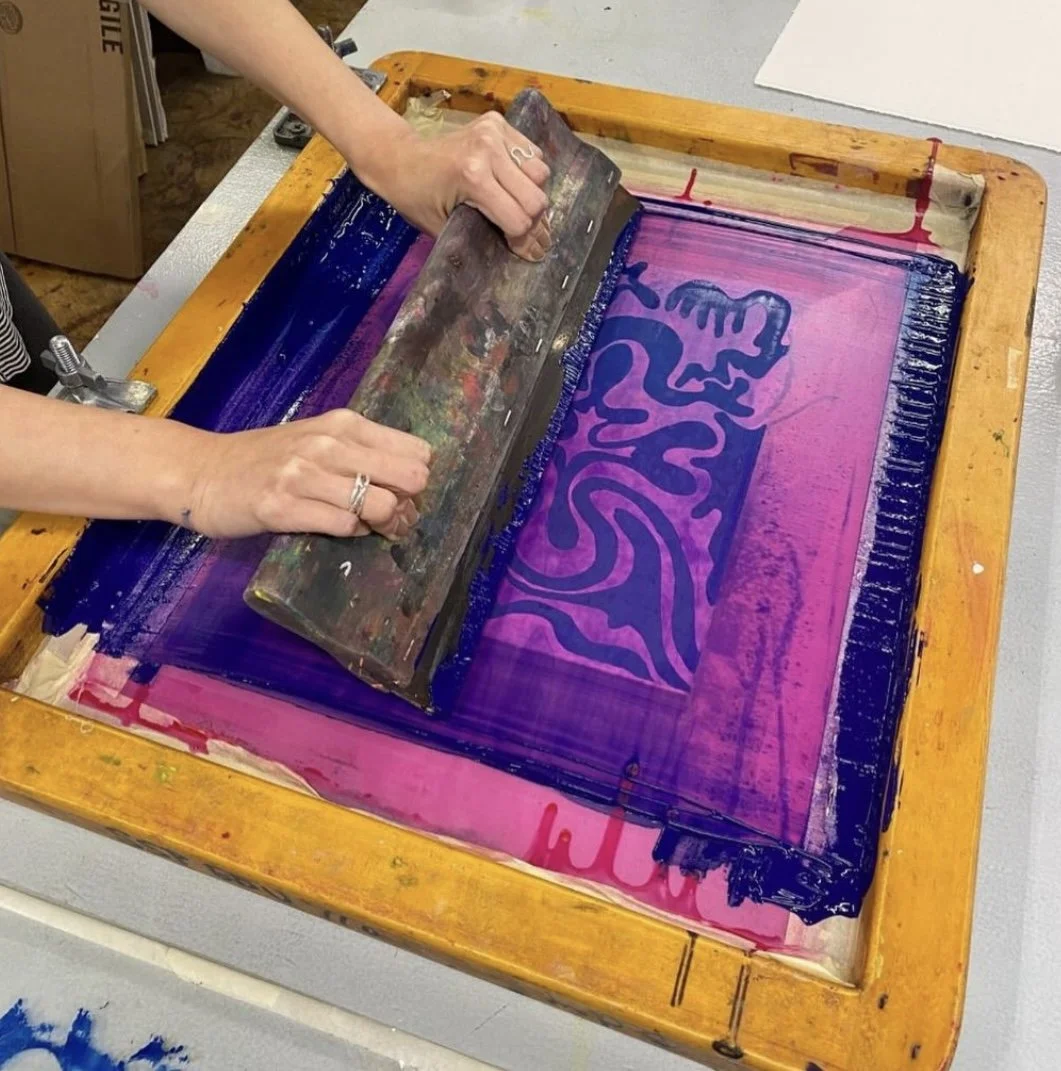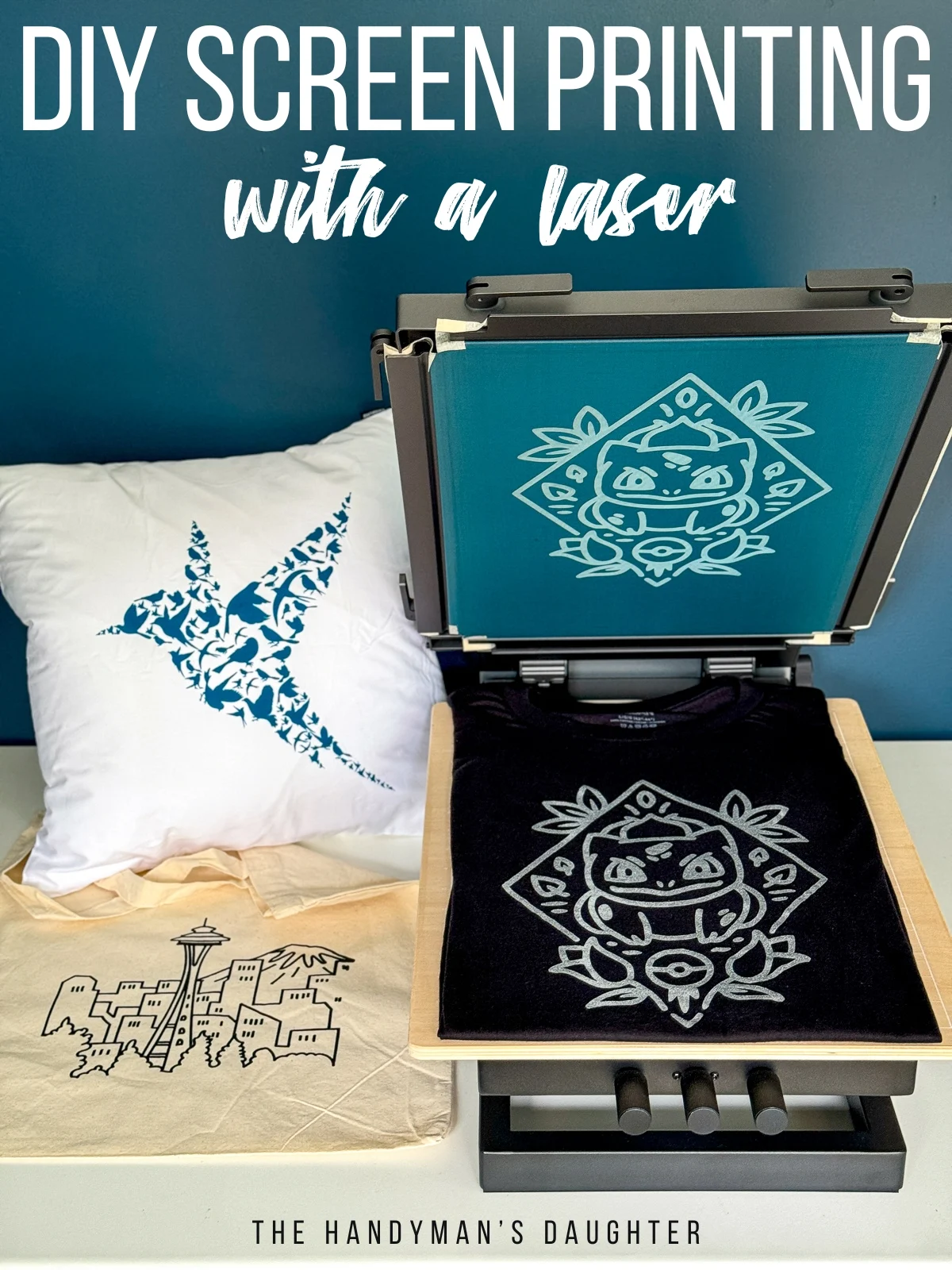7 ways Business Branding Services can increase sales
From Layout to Shipment: Mastering the Art of T-Shirt Screen Printing
The journey from layout to shipment in t-shirt screen printing includes a series of critical points that require attention to information and calculated preparation. It starts with recognizing the subtleties of your target audience, adhered to by the choice of suitable materials and the preparation of artwork that fulfills high standards. Yet, as the procedure unravels, obstacles in top quality control and logistics can arise, possibly impacting the last result. Exploring these intricacies discloses not just the complexities of screen printing however also the necessary techniques that can raise a brand name's standing in a competitive market.
Understanding T-Shirt Screen Printing
Recognizing T-Shirt screen printing involves acknowledging a flexible and extensively used technique for moving layouts onto textile. This method makes use of a stencil and a mesh screen to apply ink onto numerous textile materials, primarily cotton and polyester blends. The process begins with the development of a display that features the wanted layout, which is then very carefully lined up on the material.
Ink is pressed through the screen's open locations making use of a squeegee, enabling for specific application of color. This approach is favored for its capacity to create lively, long-lasting prints that stand up well to washing and wear. In addition, screen printing can suiting both complex and easy styles, making it a preferred choice for personalized garments, marketing products, and also imaginative jobs.
In addition, screen printing uses scalability, making it ideal for both small batch orders and large-scale productions. While preliminary configuration costs may be greater contrasted to various other printing techniques, the performance and toughness of screen printing often justify the financial investment. Generally, recognizing the fundamentals of T-shirt screen printing is important for anybody wanting to take part in this preferred kind of fabric decoration, whether for personal projects or business ventures.
Conceiving Your Design
Conceiving your style is an important action in the T-shirt screen printing procedure, as it sets the foundation for the whole job. This stage involves generating ideas that reverberate with your target audience while ensuring that the style aligns with the brand name's identification and message. It is important to begin by exploring motifs, shade systems, and graphics that mirror the intended visual.
Laying out initial principles can be valuable, permitting an aesthetic representation of ideas before settling the style (Business Branding Services). Take into consideration making use of typography, imagery, and design in a manner that captures focus and communicates successfully. Additionally, it is critical to expect the printing technique that will be employed, as this can affect layout intricacy and color options
Participating in brainstorming sessions with employee or seeking comments from possible consumers can additionally enhance the conceptualization procedure, providing varied point of views that fine-tune the design. Inevitably, a well-balanced design not only boosts the aesthetic charm of the T-shirt but likewise promotes a link with the target market, driving rate of interest and prospective sales. Dedicating time to conceive your style can lead to an effective screen printing result.
Picking the Right Materials
When picking the appropriate products for Tees screen printing, it is necessary to think about the material's appearance, composition, and weight, as these factors substantially affect the last item's high quality and feel. Cotton is a popular option as a result of its breathability, soft qualities, and capacity to take in ink properly, making it perfect for vivid prints - Business Branding Services. Blends, such as cotton-polyester, deal longevity and wrinkle resistance, but might impact ink adherence, calling for careful factor to consider of printing strategies
The weight of the material, generally gauged in grams per square meter (GSM), affects the drape and total feeling of the Tees. Heavier textiles might provide a much more exceptional look, while lighter options are comfy for sportswear. Appearance likewise contributes; smoother materials tend to generate sharper prints, while distinctive surface areas can develop unique visual impacts.
Furthermore, think about the ecological effect of products. Organic cotton and recycled polyester are acquiring popularity amongst eco-conscious customers. Eventually, choosing the ideal products entails balancing visual allure, capability, and sustainability, guaranteeing that the Tee shirts not only looks great yet additionally satisfies the assumptions of your target market.
Preparing Art Work for Printing

Preparing artwork for T-shirt screen printing needs cautious focus to detail to ensure that the last print precisely reflects the designated layout. The very first step is to create a high-resolution electronic data, preferably in vector style, as this permits scalability without loss of high quality. Typical software application utilized for this objective includes Adobe Illustrator and CorelDRAW.

Take into consideration the measurements of the print area and keep appropriate margins to prevent design cutoff. It's likewise a good idea to consist of registration marks for positioning during the printing process. Request a proof from the printer to picture the last product before mass manufacturing. This action is important for identifying any potential issues, assuring that the published Tees meets the wanted quality and design specifications. Correct prep work of artwork significantly affects the general success of the screen printing project.
Understanding the Printing Process

Next, picking the right ink is necessary. Various ink kinds, such as plastisol or water-based, offer various finishes and resilience. Recognizing the textile composition of the T-shirt also helps in selecting suitable inks.
When it pertains to the real printing, regulating the squeegee stress and angle is crucial. Consistent stress will yield even ink distribution, while the angle impacts the circulation and insurance coverage. Furthermore, changing the rate of the printing machine can affect the ink's healing process, which is basic for ensuring sturdiness.
Quality Control and Finishing
After the printing procedure is complete, implementing effective quality assurance steps becomes important to validate that each T-shirt satisfies the preferred requirements. Quality assurance involves a systematic you could check here technique to inspecting each garment for flaws, verifying that the print top quality, color accuracy, and material honesty align with the specs set during the design phase.
The initial step in high quality control is a comprehensive visual inspection. This requires monitoring for common concerns such as misalignment, ink spots, or fading. Any type of Tee shirts that does not fulfill the top quality standards must be dealt with without delay, either through reprinting or fixing.
In enhancement to visual checks, it is necessary to perform clean tests on an example of printed t shirts to examine the durability of the inks and the general longevity of the style. These tests help validate that the print will certainly preserve its vibrancy and integrity after numerous washes, an essential variable for customer fulfillment.
Ending up touches, such as thread trimming and the application of treatment tags, also play a substantial function in quality control. By concentrating on these facets, services can boost the general discussion of their products, inevitably resulting in an extra gratifying client experience.
Product Packaging and Delivery Solutions
Efficient product packaging and delivery services are important elements of the Tees screen printing process, as they ensure that garments get to their location in excellent condition. Correct product packaging not just shields the printed designs however also boosts the unboxing experience for consumers, reinforcing brand name identification and expertise.
To accomplish perfect product packaging, think about making use of environmentally friendly products that straighten with sustainability trends, such as recyclable poly bags or naturally degradable boxes. Each Tee shirts should be nicely folded up and put in safety covering to stop creasing and potential damage throughout transit. Including a well-known insert or treatment guidelines can further personalize the experience, cultivating client commitment.
Choosing a reliable shipping companion is necessary when it comes to shipment. Evaluate alternatives based upon tracking, expense, and speed capabilities. Offering several delivery techniques can satisfy different consumer demands, from common to expedited delivery.
Often Asked Inquiries
What Are the Common Mistakes Novices Make in Screen Printing?
Typical errors beginners make in screen printing include incorrect screen preparation, poor ink mixing, incorrect direct exposure times, inadequate treating, and overlooking to check prints. These mistakes can lead to poor quality and disappointing cause last items.
Exactly How Can I Stop Ink From Blood Loss During Printing?
To avoid ink blood loss throughout printing, warranty proper screen stress, usage appropriate solution density, choose the appropriate ink consistency, preserve ideal treating temperatures, and avoid overwhelming the screen with extreme ink during application.
What Sorts of Inks Are Best for Different Fabrics?
Choosing inks based on material kind is essential. Water-based inks are optimal for cotton, providing softness. Plastisol inks suit synthetic materials, supplying toughness (Abilene T-Shirt Screen Printing Company). Discharge inks properly blend with all-natural fibers, making certain vibrant shades without jeopardizing textile integrity
Just how Do I Select the Right Screen Mesh Count?
Selecting the appropriate screen mesh matter relies on the preferred print detail and ink kind. Higher mesh matters generate finer details, while reduced matters help with thicker inks. Examine material type and style complexity for perfect outcomes.
Can I Utilize Screen Printing for Tiny Set Orders?
Yes, screen printing can be effectively made use of for little set orders. Abilene T-Shirt Screen Printing Company. This method permits high-quality outcomes and in-depth designs, making it a feasible option for custom-made garments, marketing things, or limited edition runs
Comprehending T-Shirt screen printing includes recognizing a functional and widely utilized method for moving layouts onto fabric. While initial configuration costs may be higher compared to various other printing methods, the effectiveness and sturdiness of screen printing frequently justify the financial investment. Preparing art work for Tee shirts screen printing calls for mindful attention to detail to guarantee that the last print accurately reflects the desired layout. Understanding the printing procedure is essential for achieving top notch outcomes in Tee shirts screen printing. Usual mistakes newbies make in screen printing include incorrect screen prep work, insufficient ink mixing, wrong direct exposure times, not enough healing, and disregarding to check prints.